13 Pop Culture Icons from the ’60s Who Were Treated Like Royalty – Until the World Moved On
The swinging sixties gave us some of the biggest stars ever to grace our TV screens, radio waves, and magazine covers. These celebrities weren’t just famous. They were worshipped like royalty by millions of adoring fans.
But fame can be fickle, and many of these cultural giants eventually watched their star power fade away as tastes changed and new trends emerged.
1. Twiggy: The Face That Defined an Era
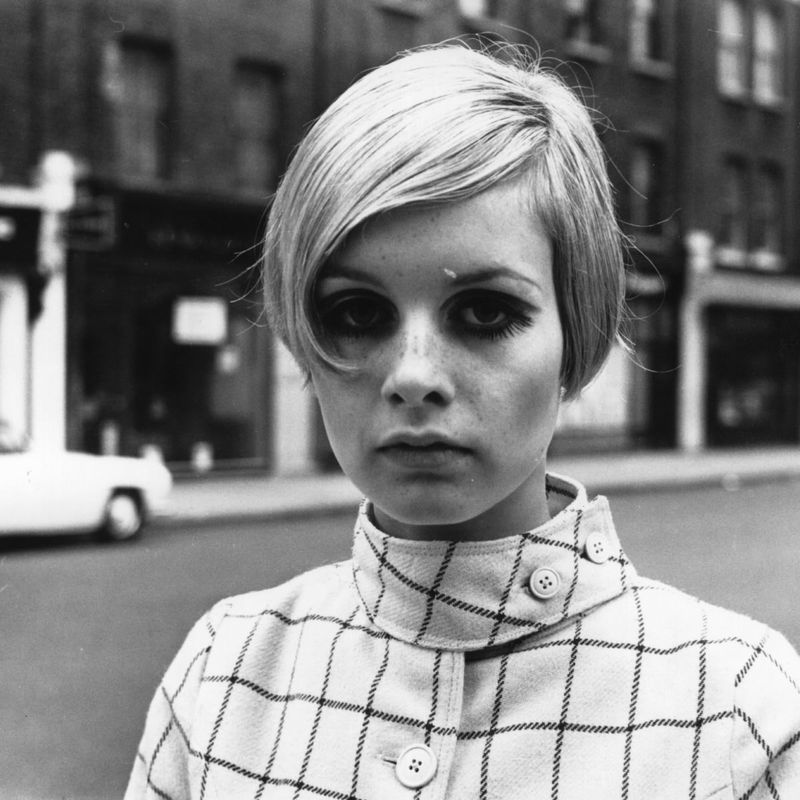
Skinny as a matchstick with eyes big as saucers, Twiggy revolutionized modeling overnight. At just 16, this British sensation’s boyish figure and pixie haircut made her the ultimate ’60s fashion icon.
Everyone wanted the “Twiggy look.” Magazine covers, dolls, and even her own clothing line followed. But as the ’70s arrived with new beauty standards, her revolutionary look suddenly seemed outdated.
2. Annette Funicello: Mickey Mouse Club’s Biggest Star

Beach movies wouldn’t have been the same without America’s sweetheart! Originally a Mouseketeer, Annette transitioned from Disney darling to teen idol with incredible success.
Her wholesome beach party films with Frankie Avalon had teenagers flocking to theaters. Walt Disney himself personally guided her career.
When the counterculture revolution hit, her squeaky-clean image quickly fell out of step with changing times.
3. Tiny Tim: The Falsetto Phenomenon
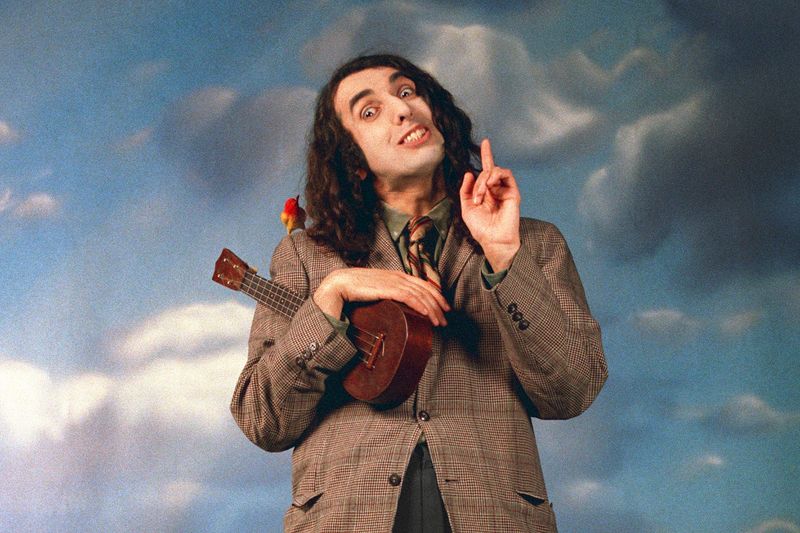
Armed with a ukulele and that unforgettable falsetto, Tiny Tim tiptoed through the tulips and straight into America’s living rooms. His 1968 wedding to Miss Vicki on The Tonight Show drew 40 million viewers—one of the highest-rated segments in television history!
With his long hair and eccentric persona, he embodied the weird side of the ’60s. By the ’70s, audiences had tired of what they now saw as merely a novelty act.
4. Hayley Mills: Disney’s Golden Girl
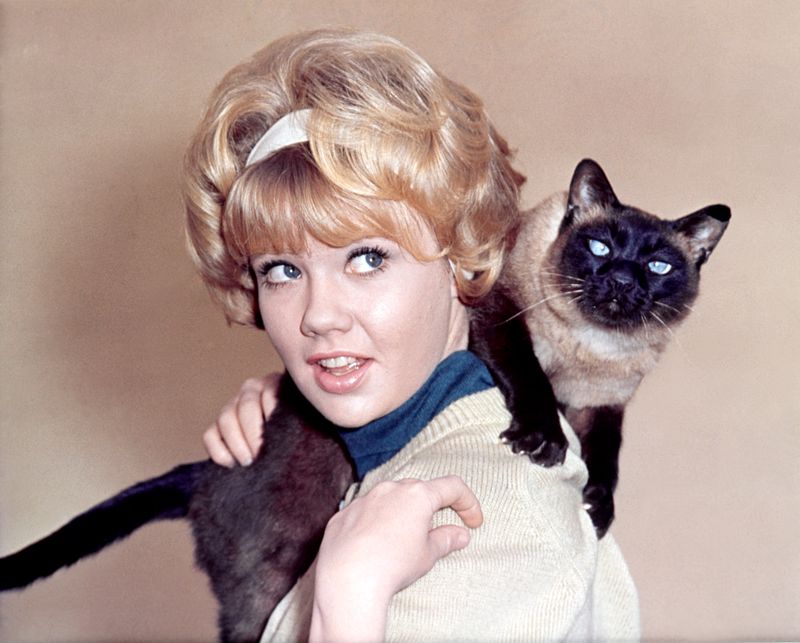
Double the Hayley, double the charm! After starring in “The Parent Trap,” this British actress became Disney’s most bankable star. Her performances in family classics like “Pollyanna” earned her a special Academy Award and worldwide adoration.
Walt Disney himself considered her his greatest discovery. As she matured, the transition to adult roles proved challenging. The studio system that made her famous was crumbling, leaving her struggling to redefine her career.
5. Paul Anka: The Teen Idol Who Wrote His Own Hits
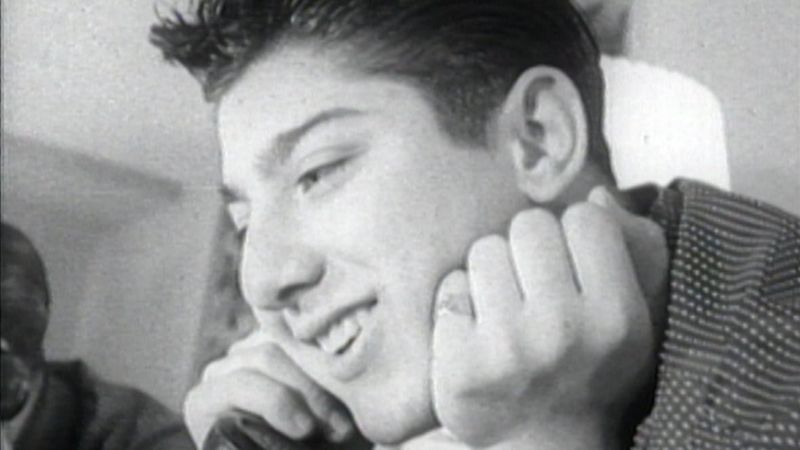
While still in high school, this Canadian wunderkind conquered charts with self-penned smashes like “Diana” and “Put Your Head on My Shoulder.” Unlike many teen idols, Anka actually wrote most of his hits which was a rarity in the manufactured pop world.
Girls fainted at his concerts and plastered his face across their bedroom walls. By the late ’60s, his clean-cut crooner image seemed hopelessly square compared to the new rock revolutionaries.
6. Gidget: The Original Surfer Girl
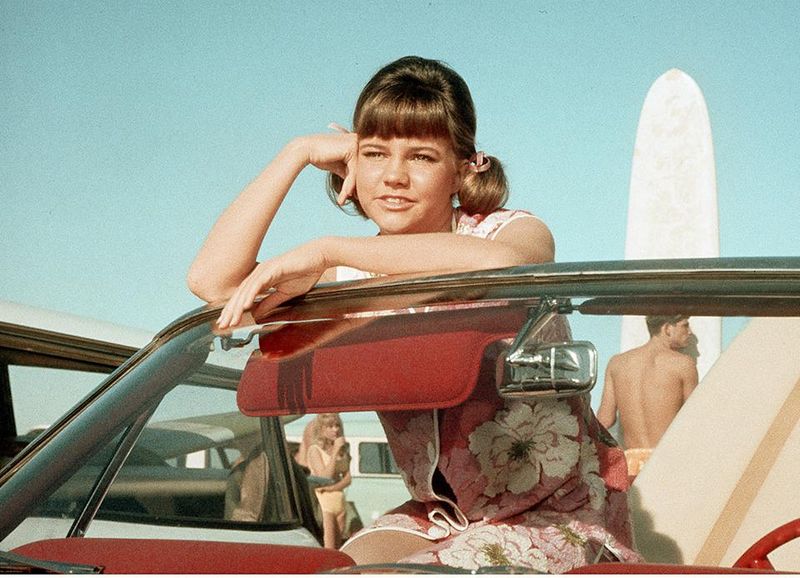
Sally Field rode the wave to stardom as the perky beach bunny who made surfing cool. “Gidget” wasn’t just a TV show but a cultural phenomenon that launched surfing into the mainstream and created a whole genre of beach-themed entertainment.
Suddenly everyone wanted to hang ten and catch waves. As the ’60s progressed, the innocent beach party scene gave way to more complex social movements, and Gidget’s sunny optimism seemed increasingly out of touch.
7. Nancy Sinatra: These Boots Were Made for Topping Charts
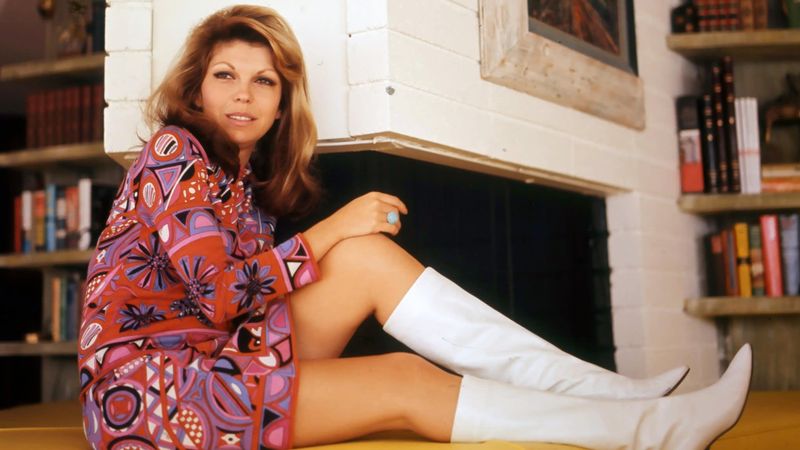
Frank’s daughter kicked down the door of the male-dominated music industry with her go-go boots and feminist anthems. “These Boots Are Made for Walkin'” wasn’t just a #1 hit but a declaration of female independence that perfectly captured the changing gender dynamics of the ’60s.
Her collaborations with Lee Hazlewood produced some of the decade’s most distinctive music. As musical tastes shifted toward harder rock and disco, her brand of pop gradually lost its foothold.
8. Davy Jones: The Monkee Girls Couldn’t Resist
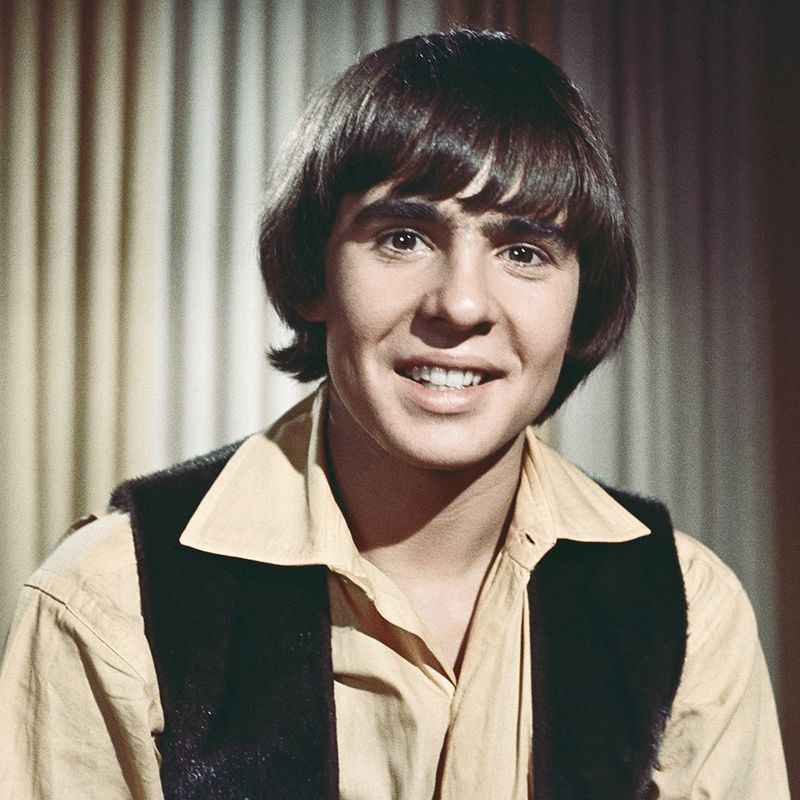
Short in stature but massive in star power, Davy Jones was the ultimate teen heartthrob of The Monkees. His British accent and boyish charm made him the band’s most popular member, despite being initially cast in a TV show about a fictional band.
Fan mail arrived by the truckload. When The Monkees’ show ended and the prefabricated pop group struggled for artistic credibility, Jones found himself typecast, unable to shake his bubblegum image.
9. Ursula Andress: The Original Bond Girl
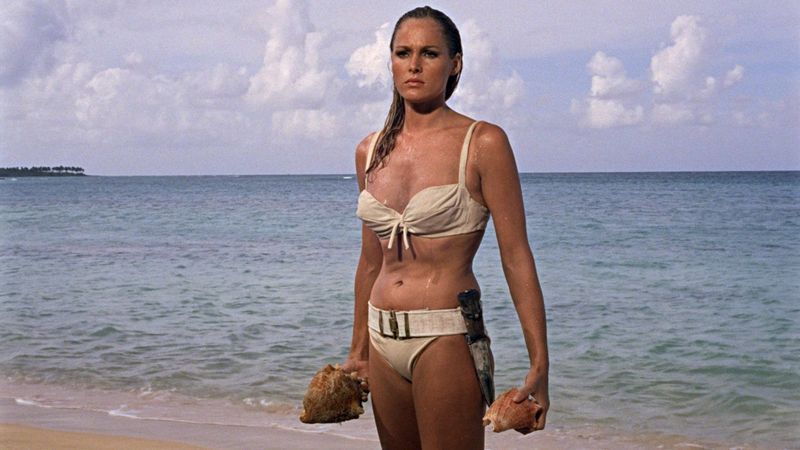
Rising from the ocean in that white bikini, Ursula Andress created one of cinema’s most iconic moments in 1962’s “Dr. No.” Her entrance as Honey Ryder set the standard for all Bond girls to follow and catapulted the Swiss actress to international sex symbol status overnight.
Studio executives fought to cast her in their films. Despite her beauty and fame, she struggled to find substantial roles that weren’t based solely on her looks, and her heavy accent limited her casting opportunities.
10. Troy Donahue: The Blonde God of Teen Dreams
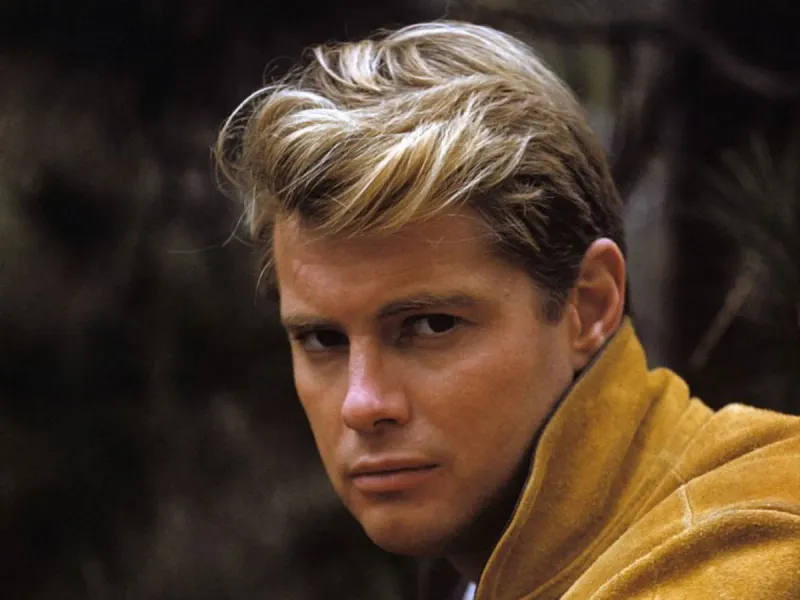
With sun-kissed blonde hair and chiseled features, Troy Donahue was Warner Bros.’ answer to every teenage girl’s fantasy. Films like “A Summer Place” and “Rome Adventure” made him the definitive screen idol of the early ’60s.
His pretty-boy looks launched thousands of swooning fits. However, as the decade progressed, audiences craved grittier, more realistic leading men.
Donahue’s career collapsed so dramatically that he ended up working as a janitor before a modest comeback.
11. Lesley Gore: The Teenage Voice of Female Frustration
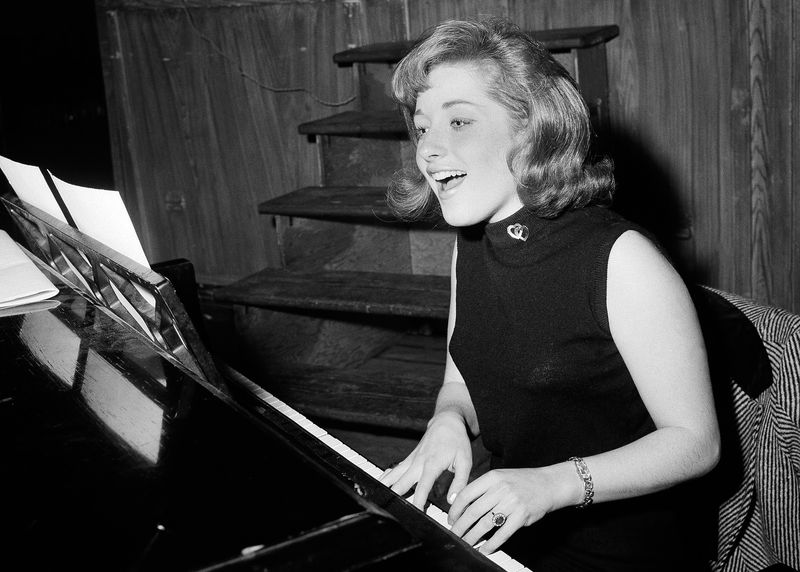
“It’s my party and I’ll cry if I want to!” At just 16, Lesley Gore captured the emotional rollercoaster of teenage girlhood with unprecedented honesty. Her string of hits about adolescent heartbreak and rebellion resonated with young women everywhere.
“You Don’t Own Me” became an unexpected feminist anthem in 1963. Despite her producer Quincy Jones’ genius, the British Invasion and changing musical landscapes pushed her sophisticated pop sound aside by the late ’60s.
12. Adam West: The Caped Crusader Who Couldn’t Escape Batman
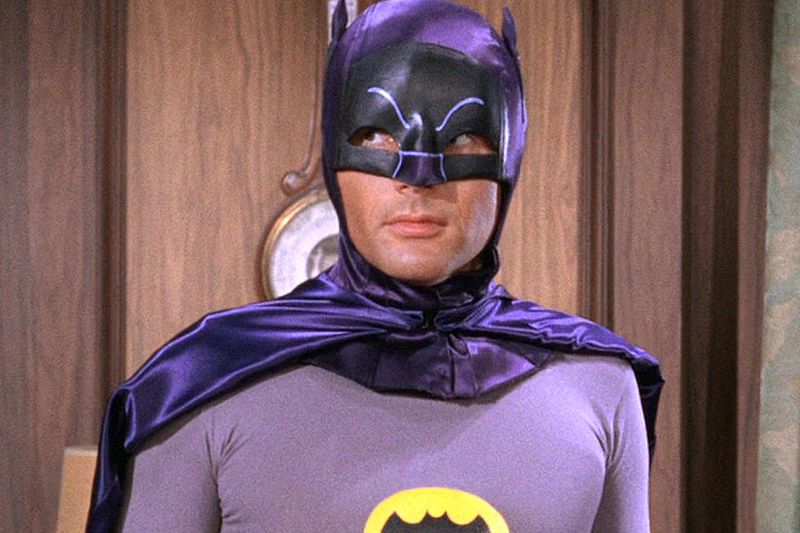
POW! BAM! ZOOM! Adam West’s campy portrayal of Batman made him a household name when the TV show became a sensation in 1966. His deliberately over-the-top performance perfectly captured the show’s tongue-in-cheek humor.
At the height of Batmania, he couldn’t go anywhere without being mobbed. When the series ended, West found himself severely typecast. Serious roles evaporated, and he spent decades trying to escape the shadow of the Bat-suit.
13. Herman’s Hermits: The Band That Rivaled The Beatles
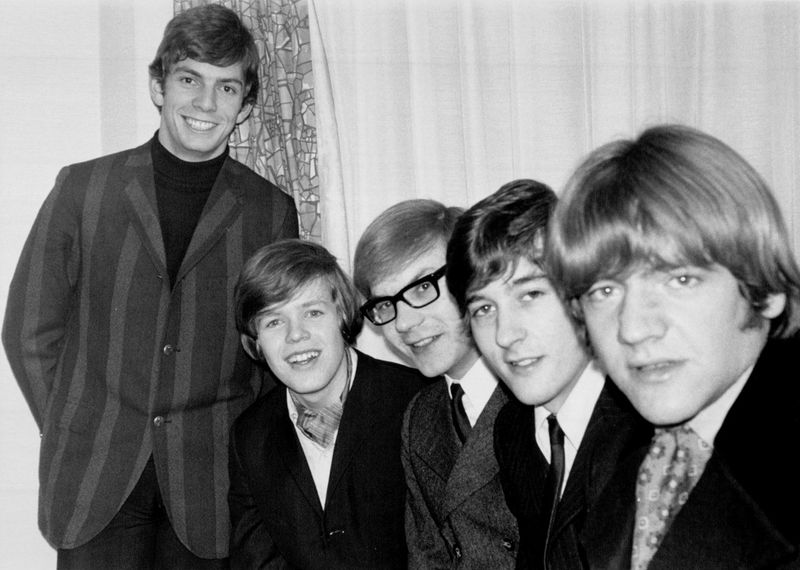
Believe it or not, Herman’s Hermits once sold more records than The Beatles in America! Led by baby-faced Peter Noone, these British Invasion sweethearts topped charts with hits like “I’m Into Something Good” and “Mrs. Brown, You’ve Got a Lovely Daughter.”
Their clean-cut image made them teen magazine darlings. As psychedelic rock and harder sounds took over, their innocent pop suddenly felt childish.
